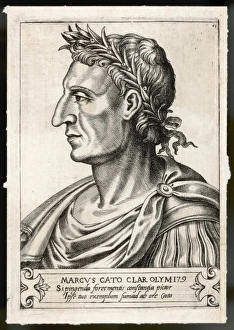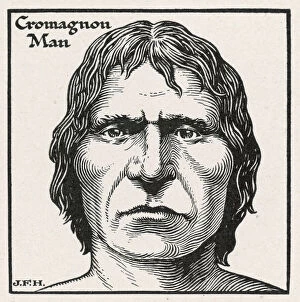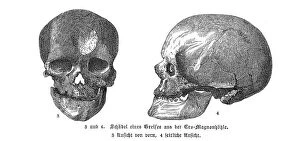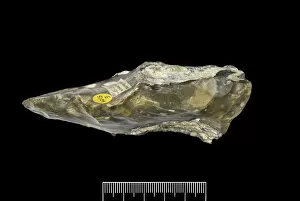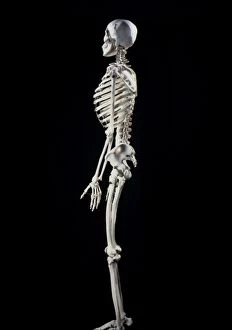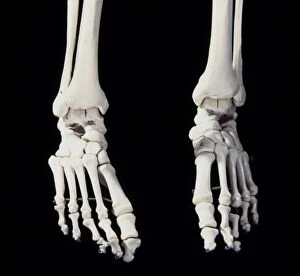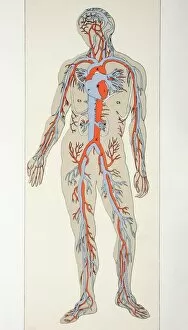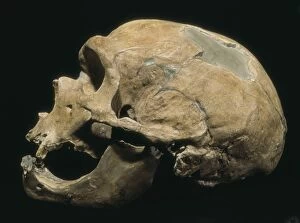Sapiens Collection
"Sapiens: Unraveling the Tapestry of Human Evolution" In the vast tapestry of human history, one name stands out - Marcus Porcius Cato
All Professionally Made to Order for Quick Shipping
"Sapiens: Unraveling the Tapestry of Human Evolution" In the vast tapestry of human history, one name stands out - Marcus Porcius Cato, a Roman statesman who left an indelible mark on ancient civilization. But beyond his influence lies a deeper story, one that stretches back to our very origins. Long before Cato's time, Cro-Magnon or Homo sapiens emerged as the dominant species on Earth. Their existence is etched in time through their remarkable remains - Cro-Magnon man skulls, revealing intricate details about their physicality and intelligence. Yet Homo sapiens Clitoris and Neanderthal man (Homo Sapiens Neanderthalensis) also played significant roles in shaping our collective past. The Egyptians recognized these different species of men, depicting them with awe-inspiring artistry that still captivates us today. The evolution of man from mammals has been meticulously documented throughout centuries. From La Creation Naturelle et les Etres Vivants' illustrations to modern scientific breakthroughs, we continue to uncover the fascinating journey that led us here. Diversity has always been at the heart of humanity. Caucasian and Mongolian men showcase how geography shaped distinct features and cultures while Ethiopian man and woman embody Africa's rich heritage. Native Americans donning headdresses adorned with horns and buckskin remind us of their deep connection with nature. From Malayan man to skeletons comparing humans and apes side by side, we are reminded that despite our differences, there is an undeniable thread connecting all mankind - our shared ancestry. As we delve into the captivating tale woven by sapiens across millennia, let us embrace both our uniqueness and unity as a species. For it is within this delicate balance that we find not only answers about where we come from but also insights into who we can become as stewards of this planet called home.

